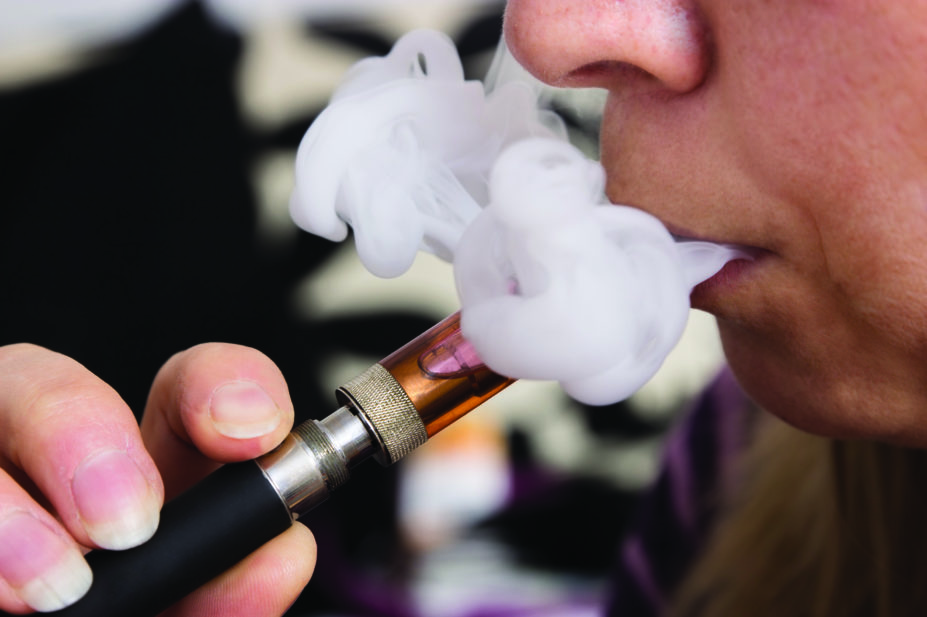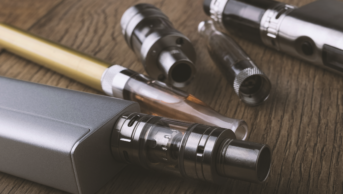
Shutterstock.com
People who exclusively use e-cigarettes show lower levels of dependence than those who smoke cigarettes, according to a study[1]
.
But three-quarters of people who used e-cigarettes, which often contain nicotine, considered themselves addicted to them.
“[There is] no doubt about it,” says lead author Guodong Liu from Penn State College of Medicine, “e-cigarettes are addictive, but not at the same level as traditional cigarettes.”
The research used data from a national longitudinal study of tobacco use in the USA, including 156 people who exclusively used e-cigarettes and 3430 who exclusively smoked cigarettes.
They found that the self-reported time to first use after waking, which has been shown as a strong predictor of quitting difficulty, was significantly longer among e-cigarette users than cigarette smokers (geometric mean: 29.2 vs 20.0 minutes).
Cigarettes smokers were also more likely to consider themselves addicted, with 94% agreeing with this, compared with 77% of e-cigarette users.
In response to other questions indicative of dependency, e-cigarette users were also less likely to report having strong cravings (72.8 vs 86.9%) or having a feeling that they really needed to use e-cigarettes (71.5 vs 88.5%) compared with cigarette smokers. And only 6% of of e-cigarette users said they found it difficult to keep from using their product in places where it was prohibited, compared with 29% of cigarette smokers.
The Royal Pharmaceutical Society says that e-cigarettes should not be sold or advertised from pharmacies as they are an unlicensed product with no standardisation of safety, quality or efficacy. Pharmacists should encourage the use of licensed nicotine replacement products for people attempting to quit smoking, it advises.
References
[1] Liu G, Wasserman E, Kong L, et al. A comparison of nicotine dependence among exclusive E-cigarette and cigarette users in the PATH study. Prev Med 2017. doi: 10.1016/j.ypmed.2017.04.001


